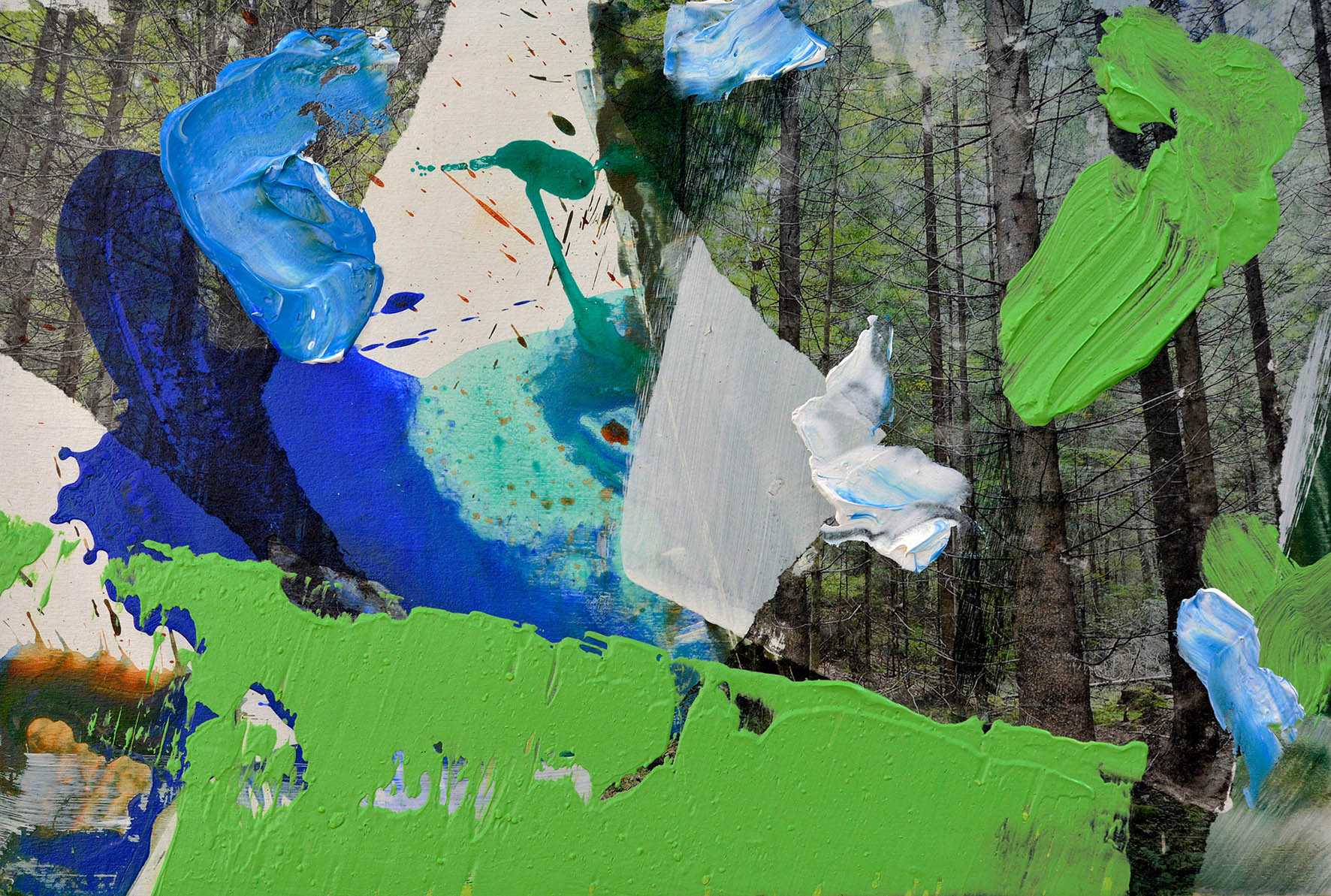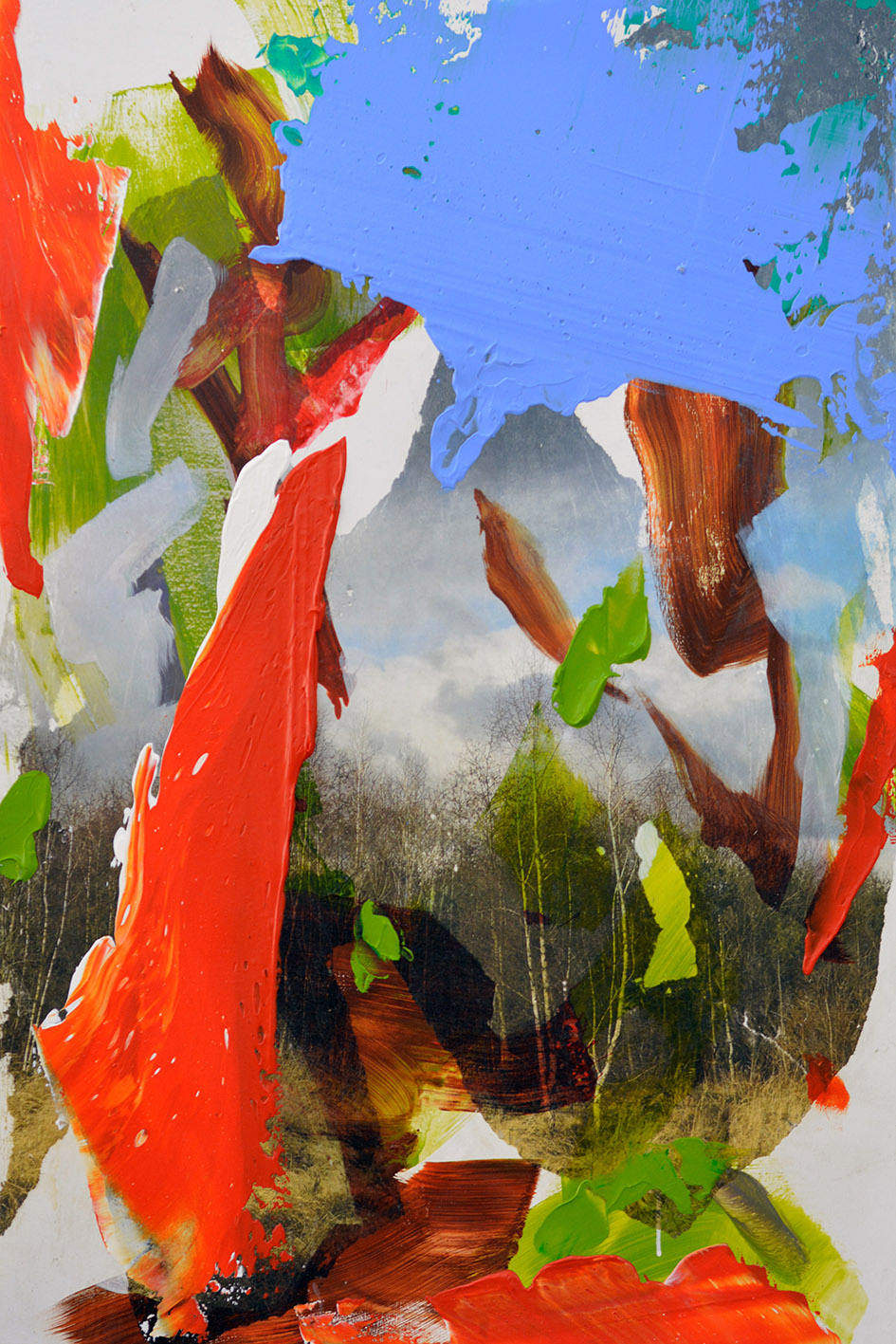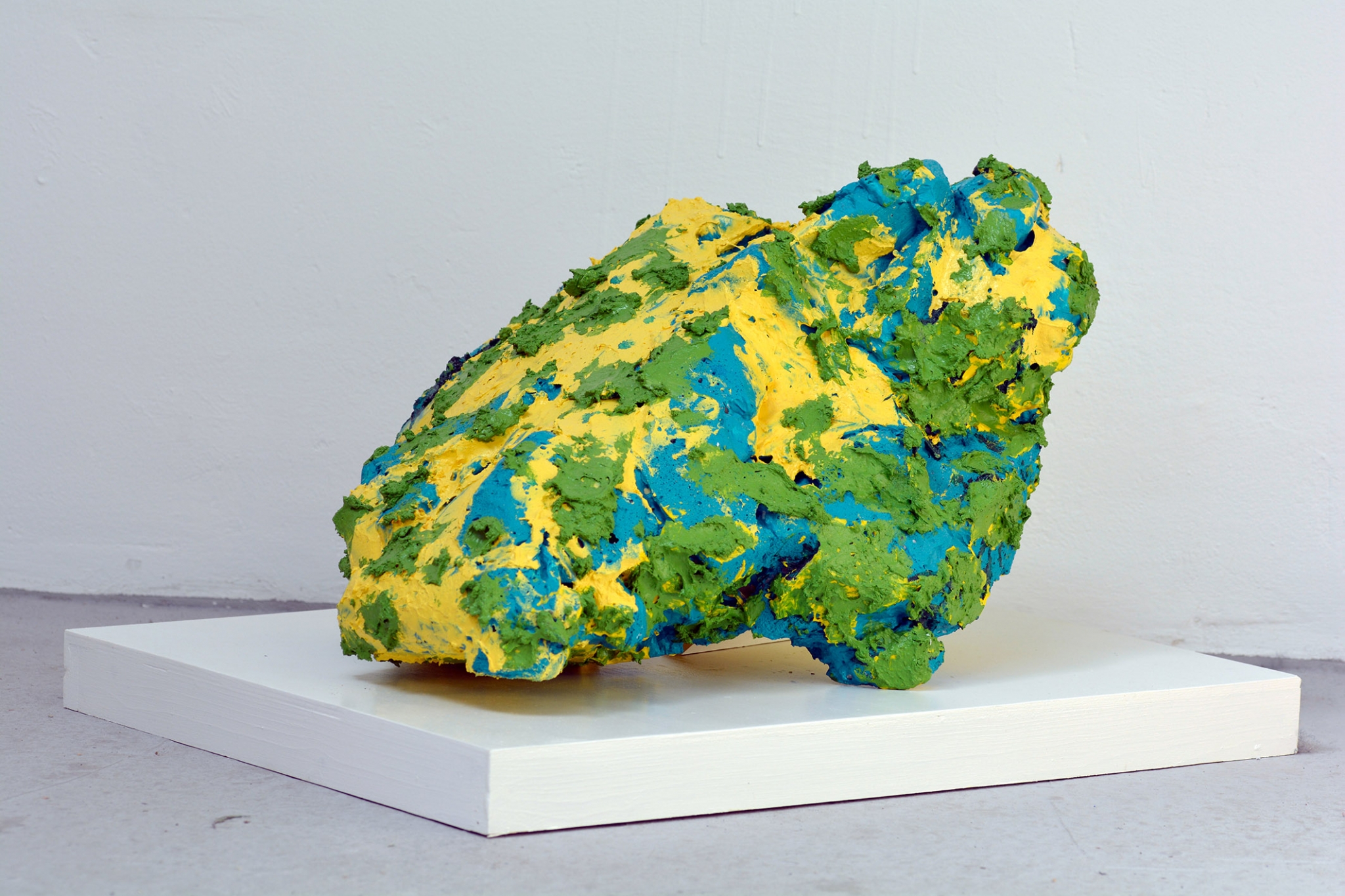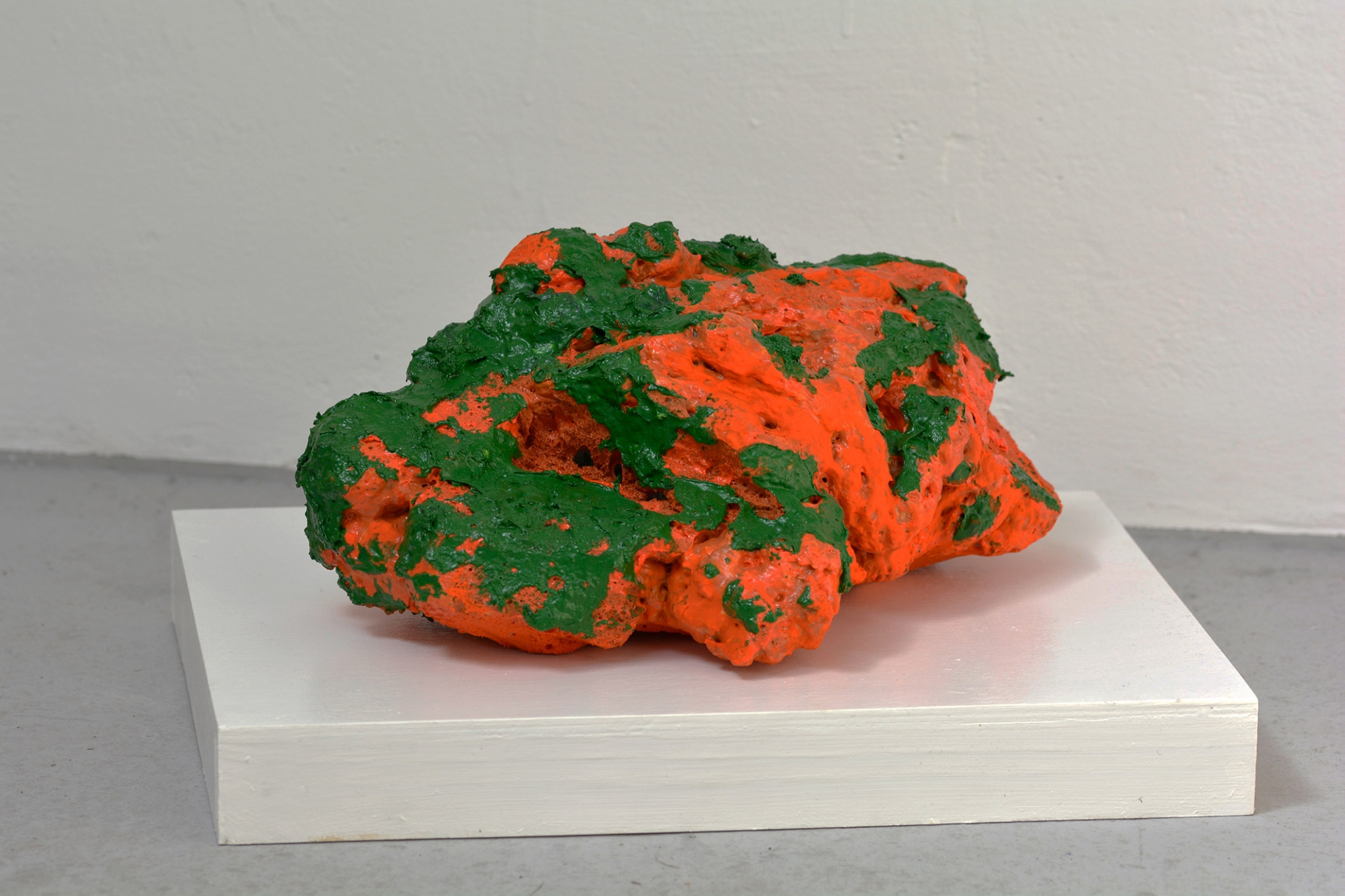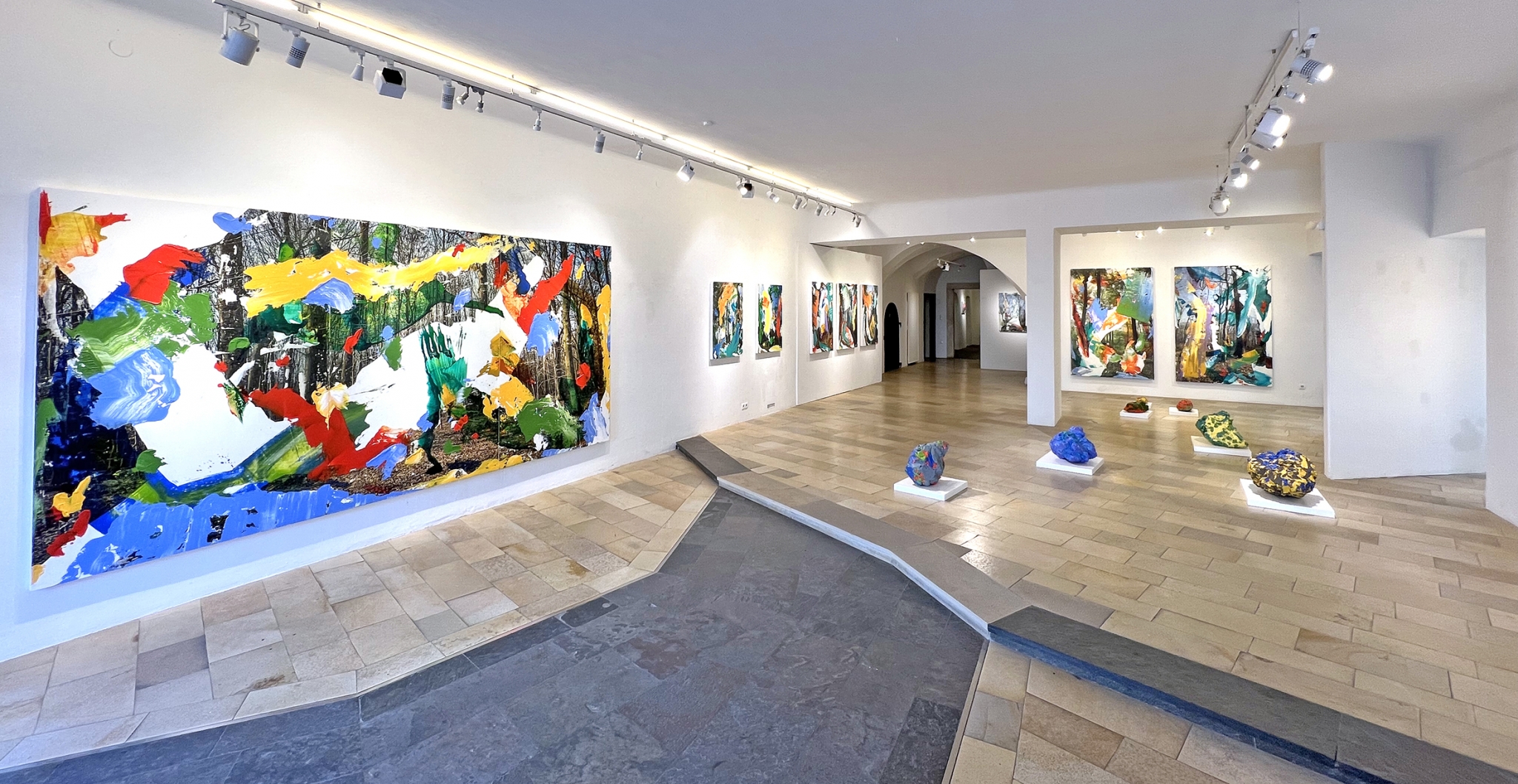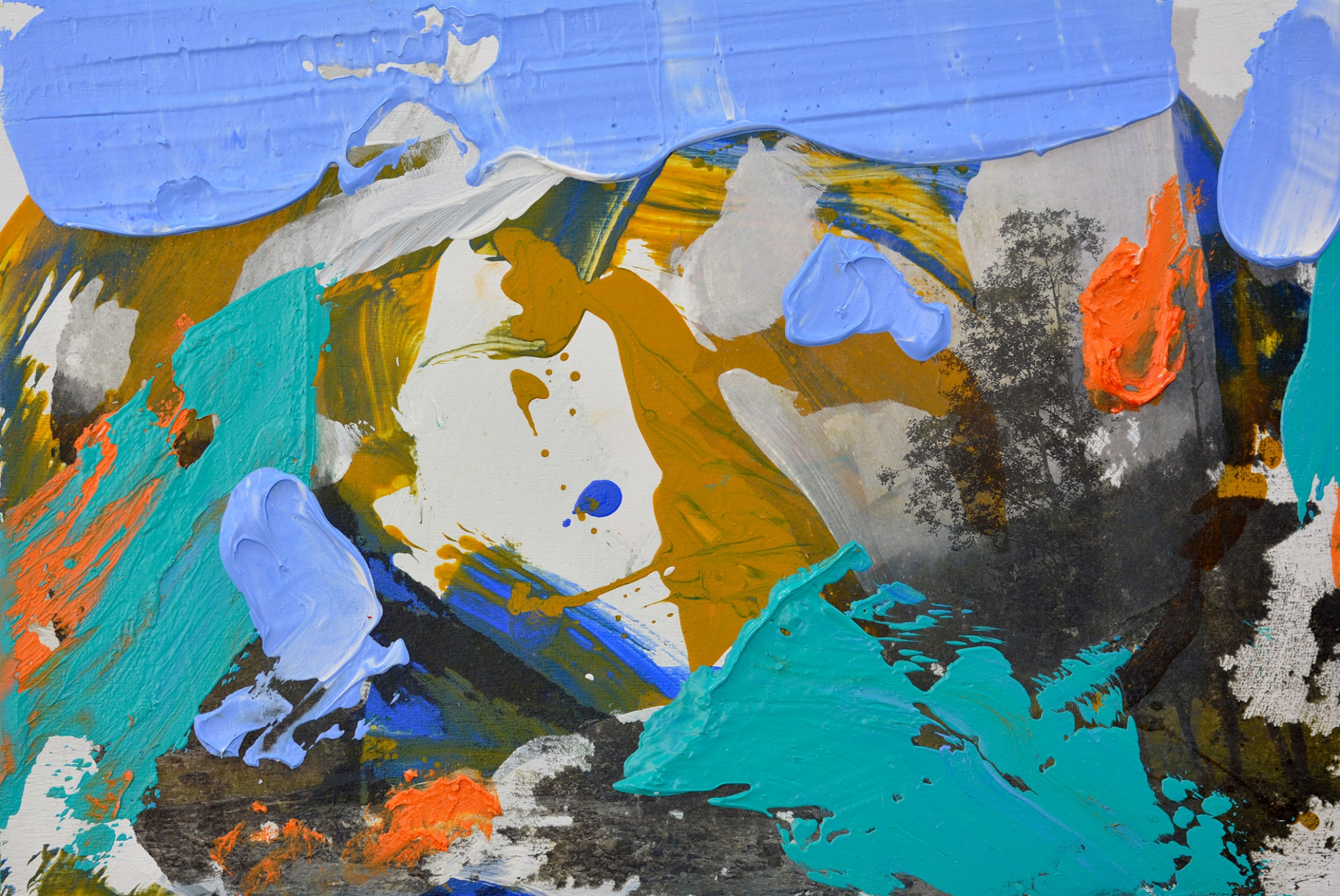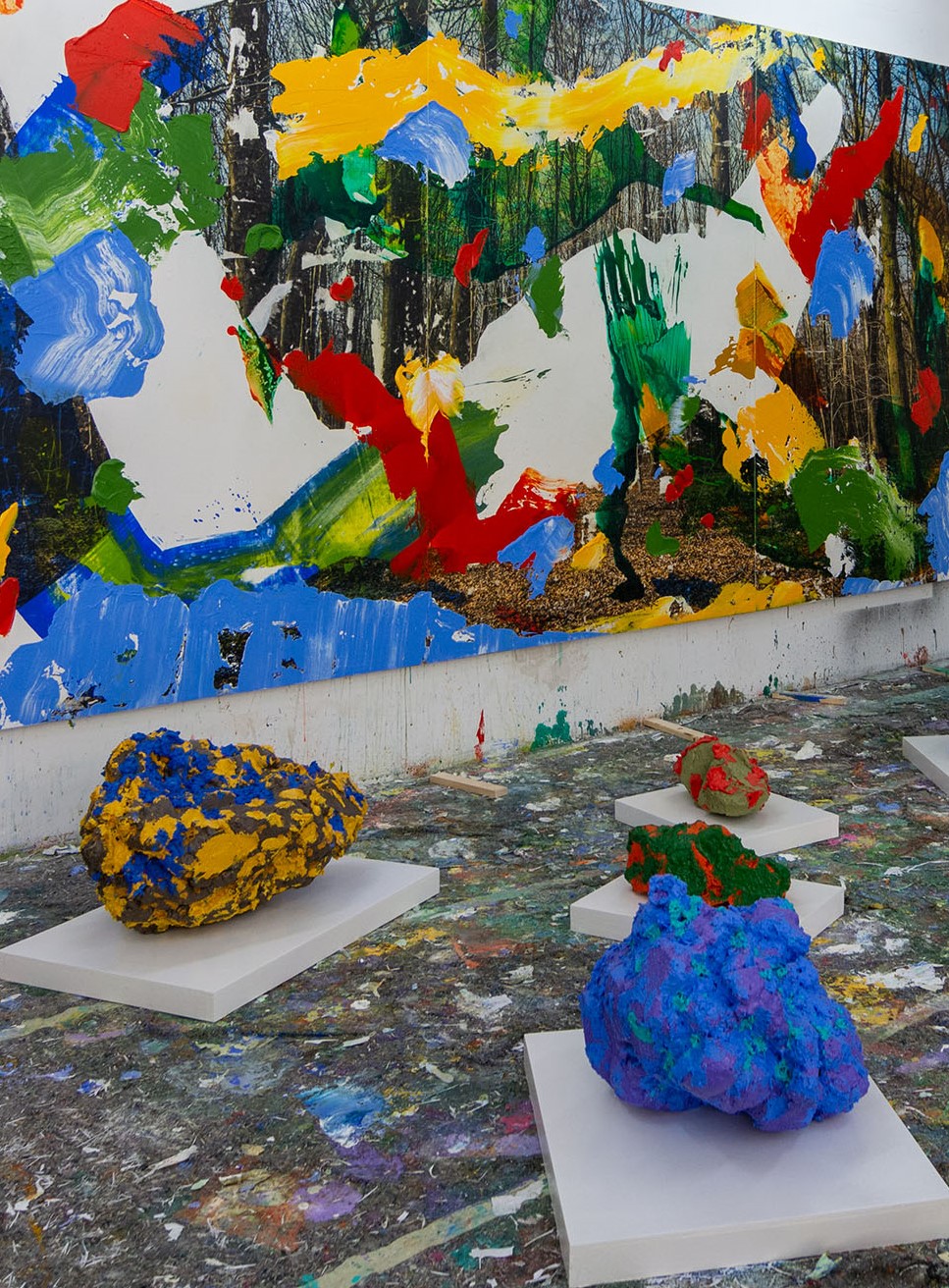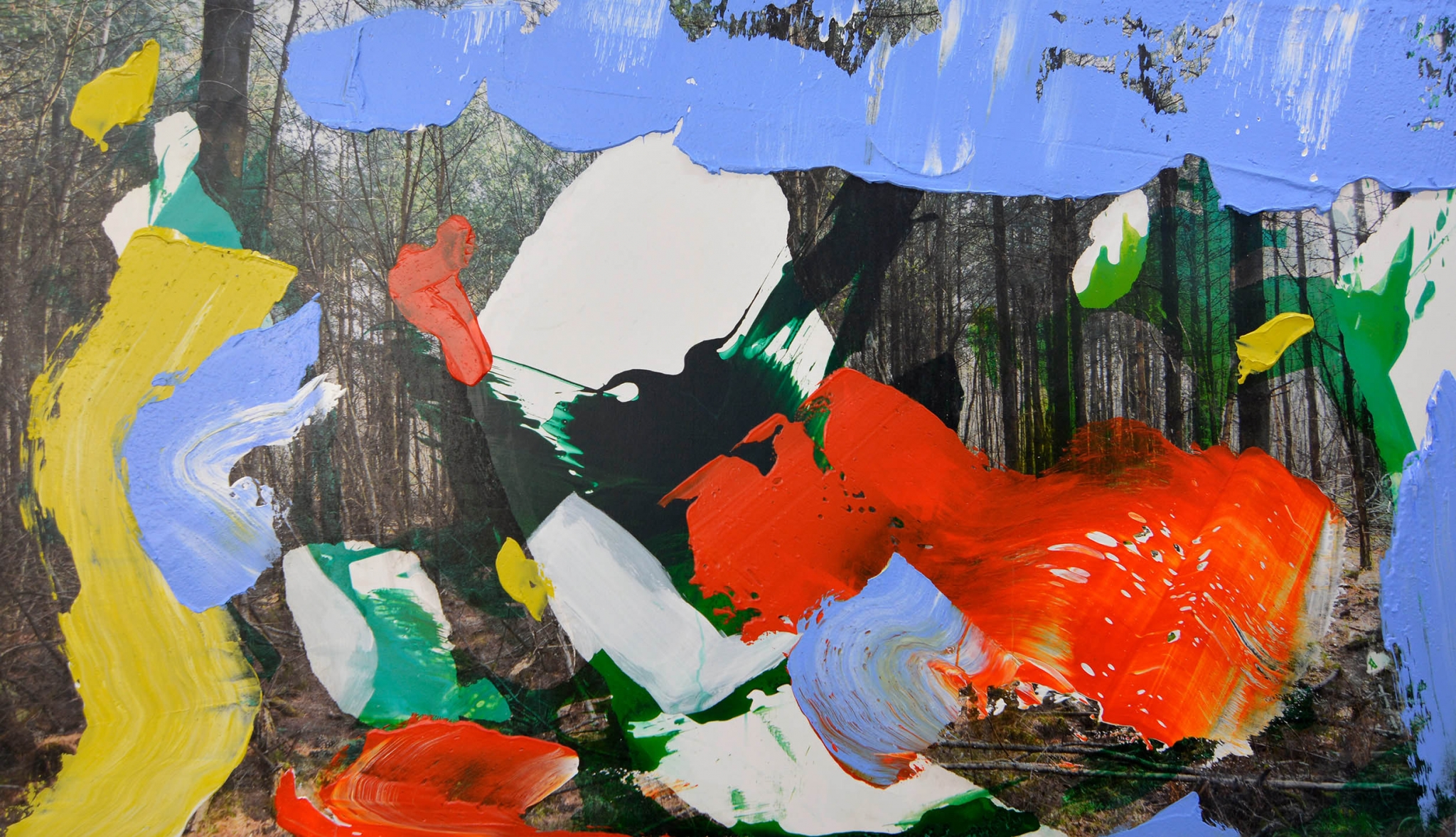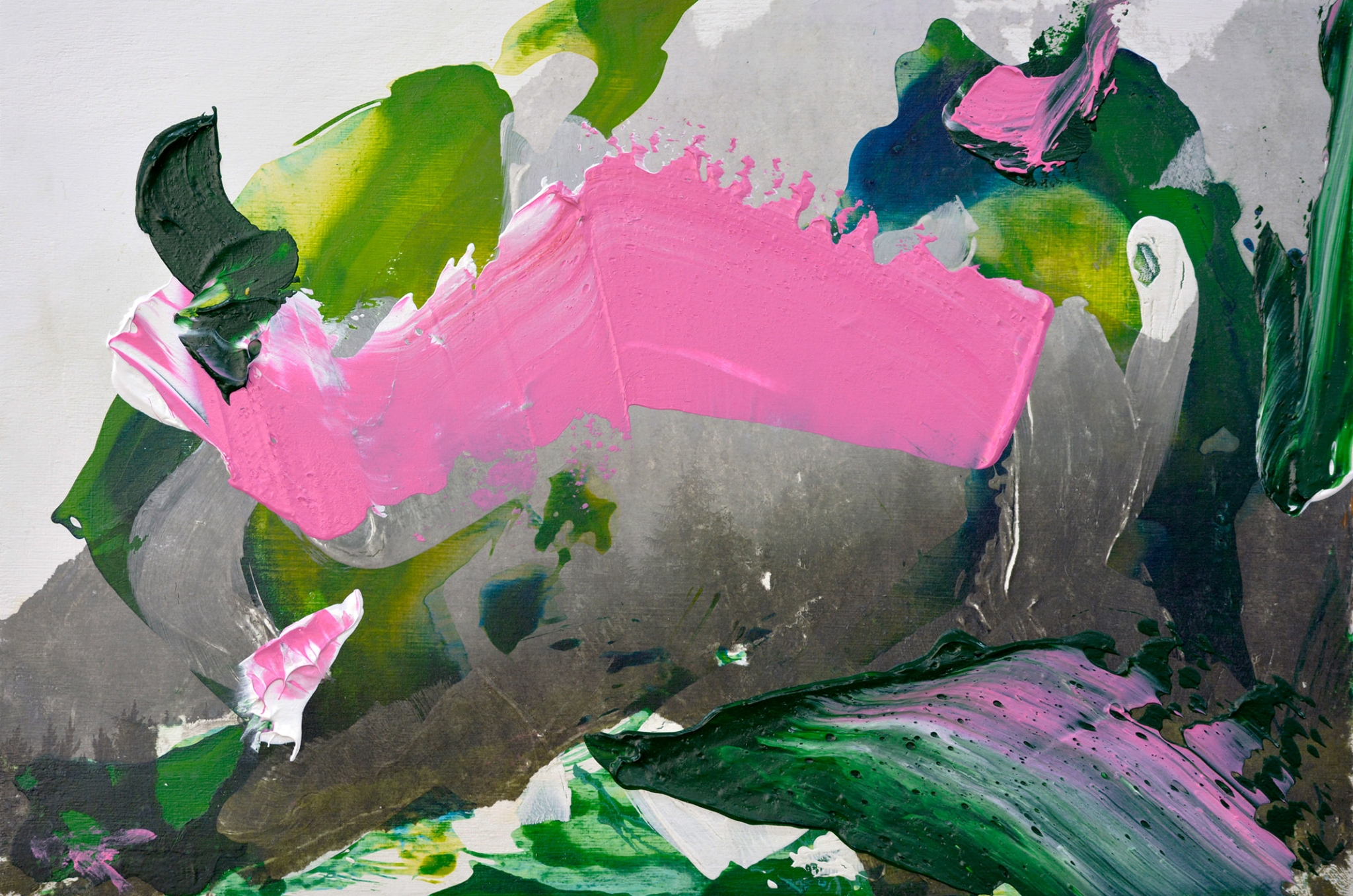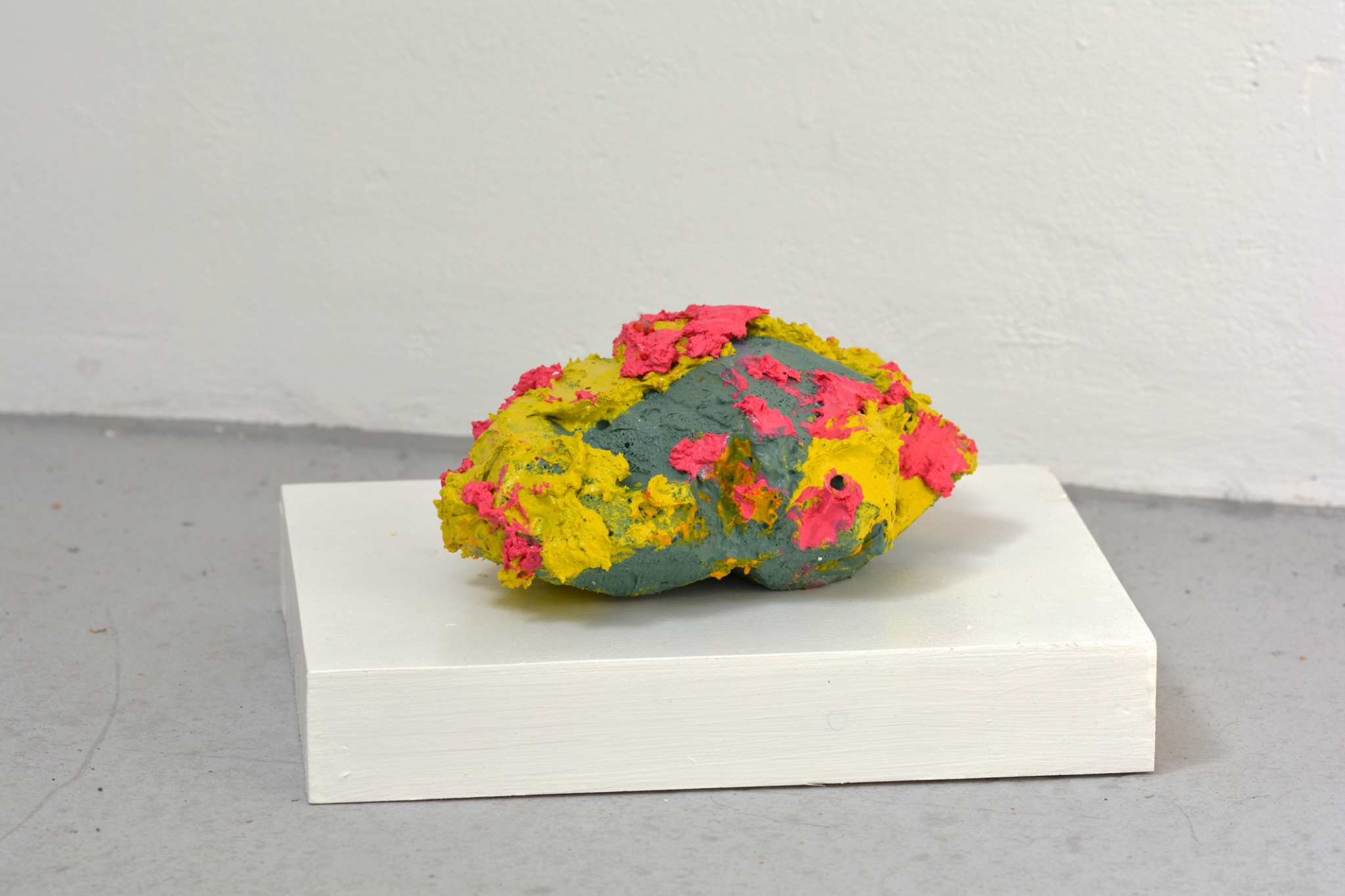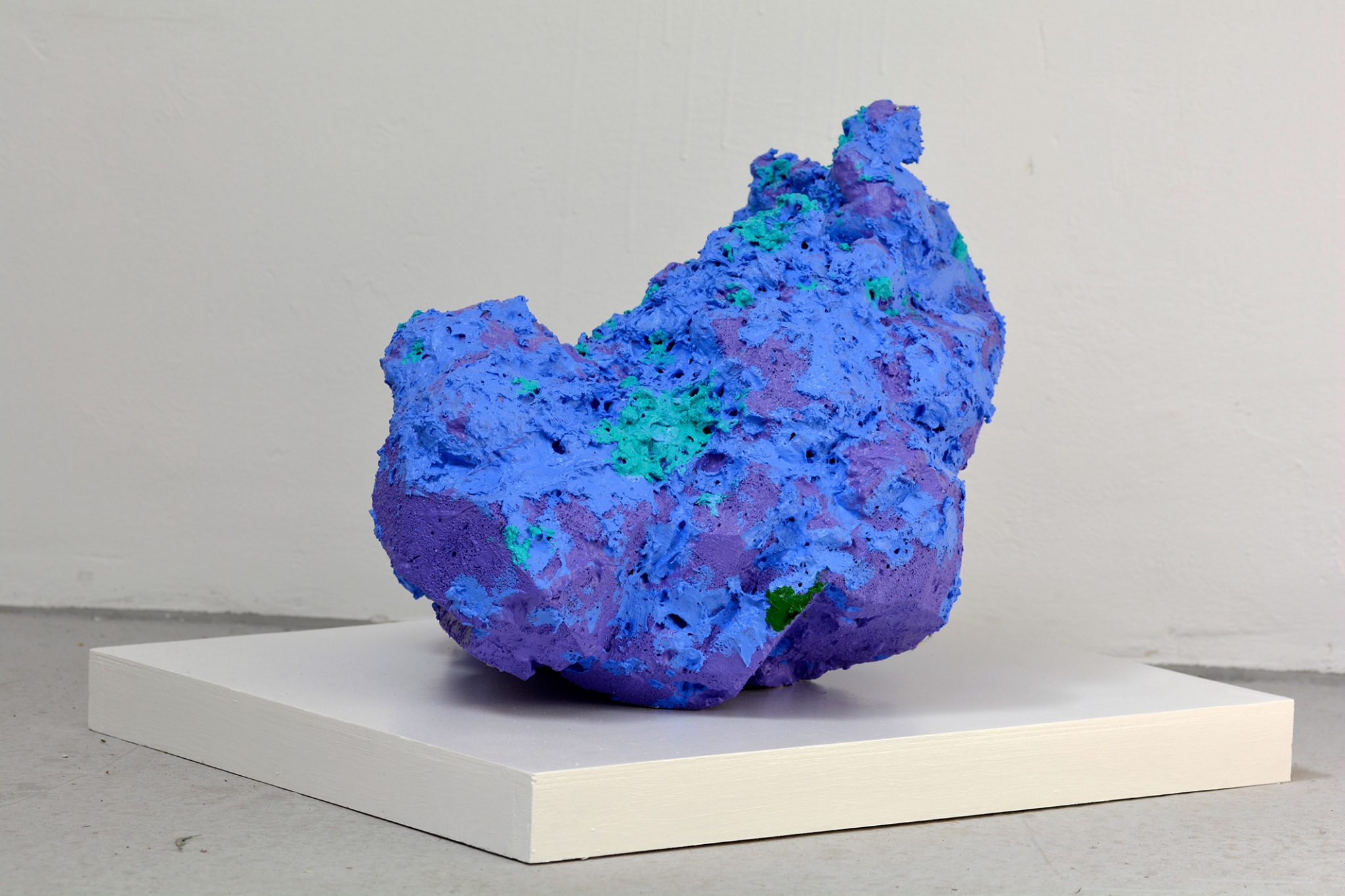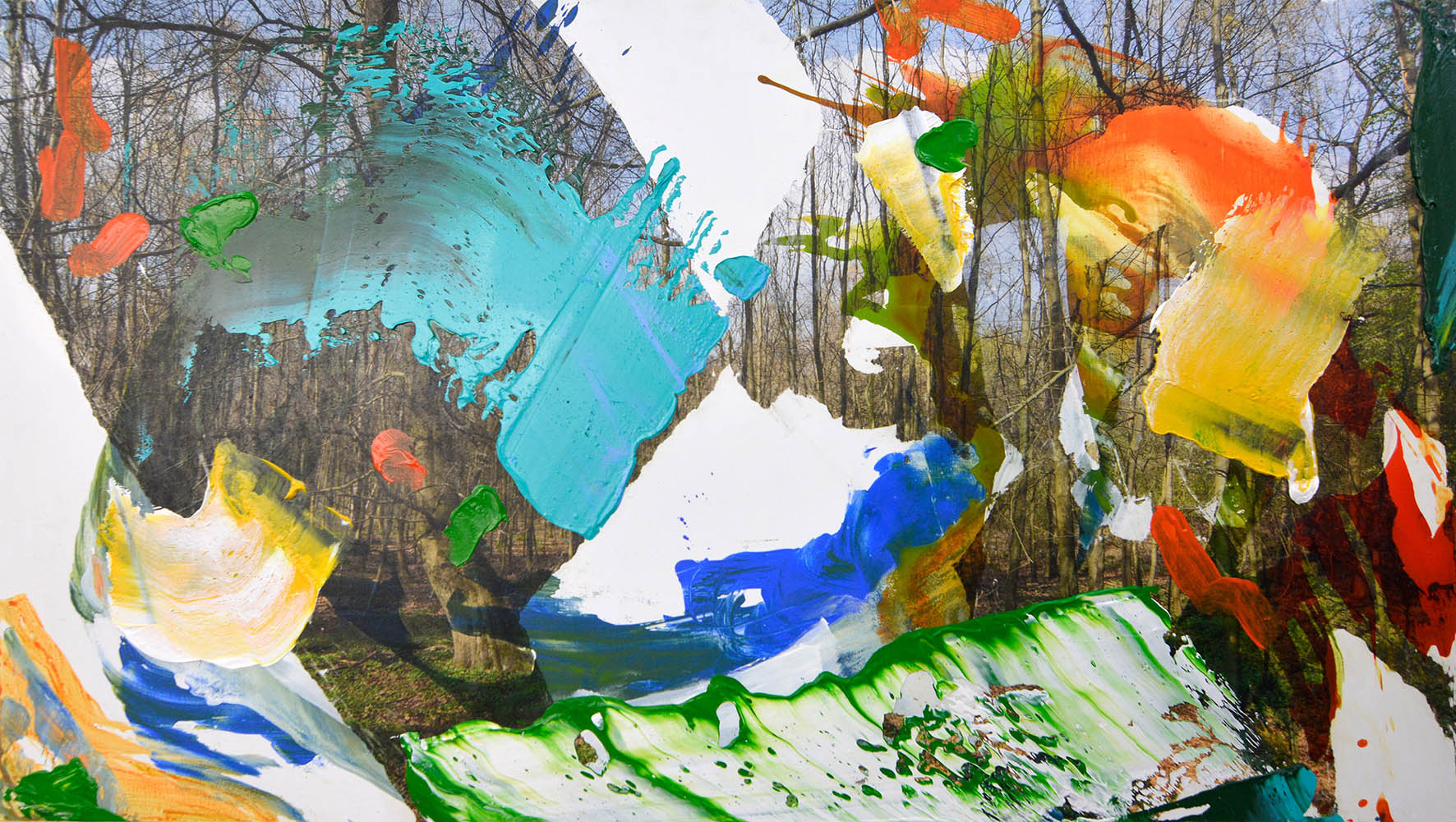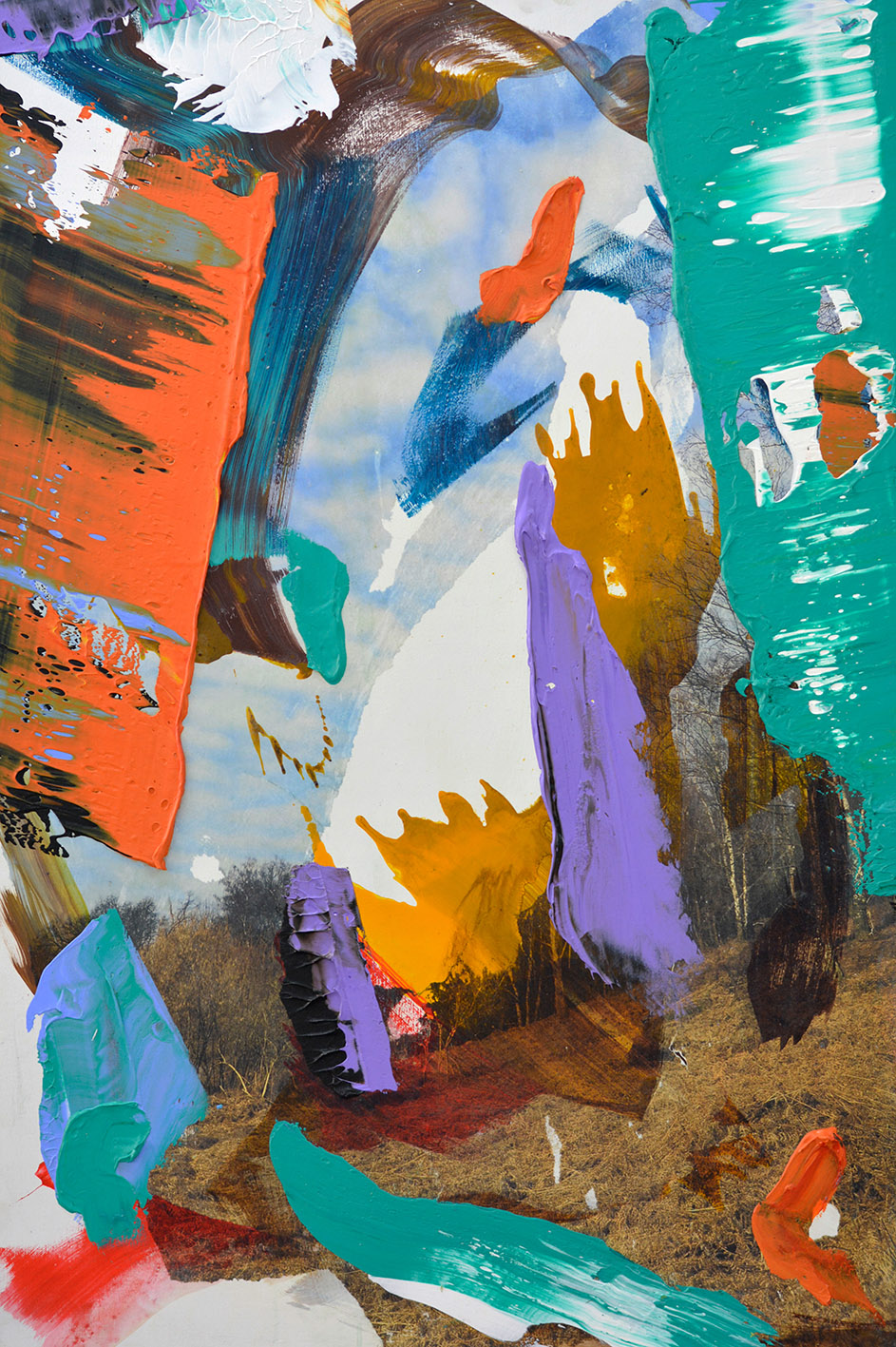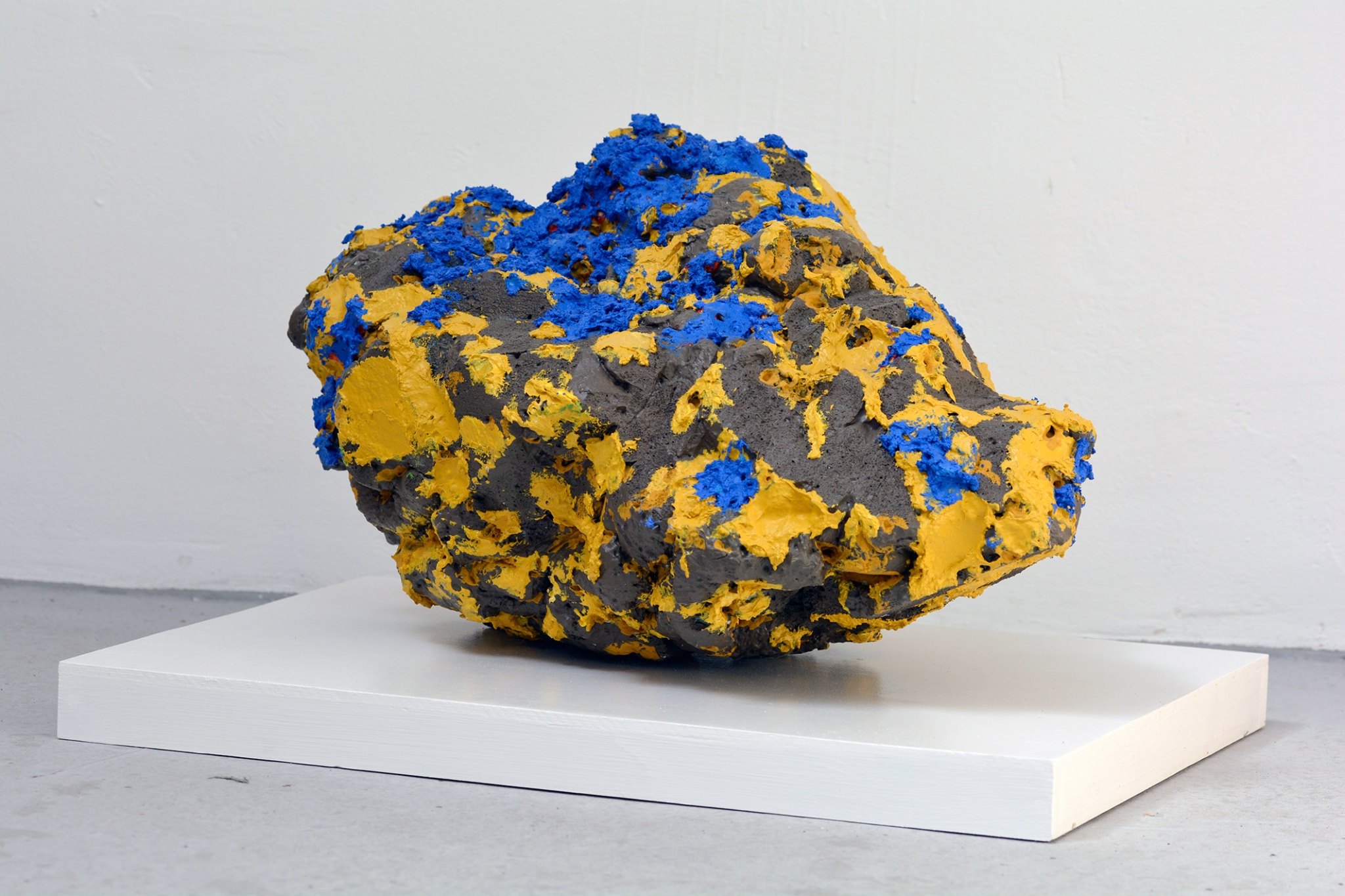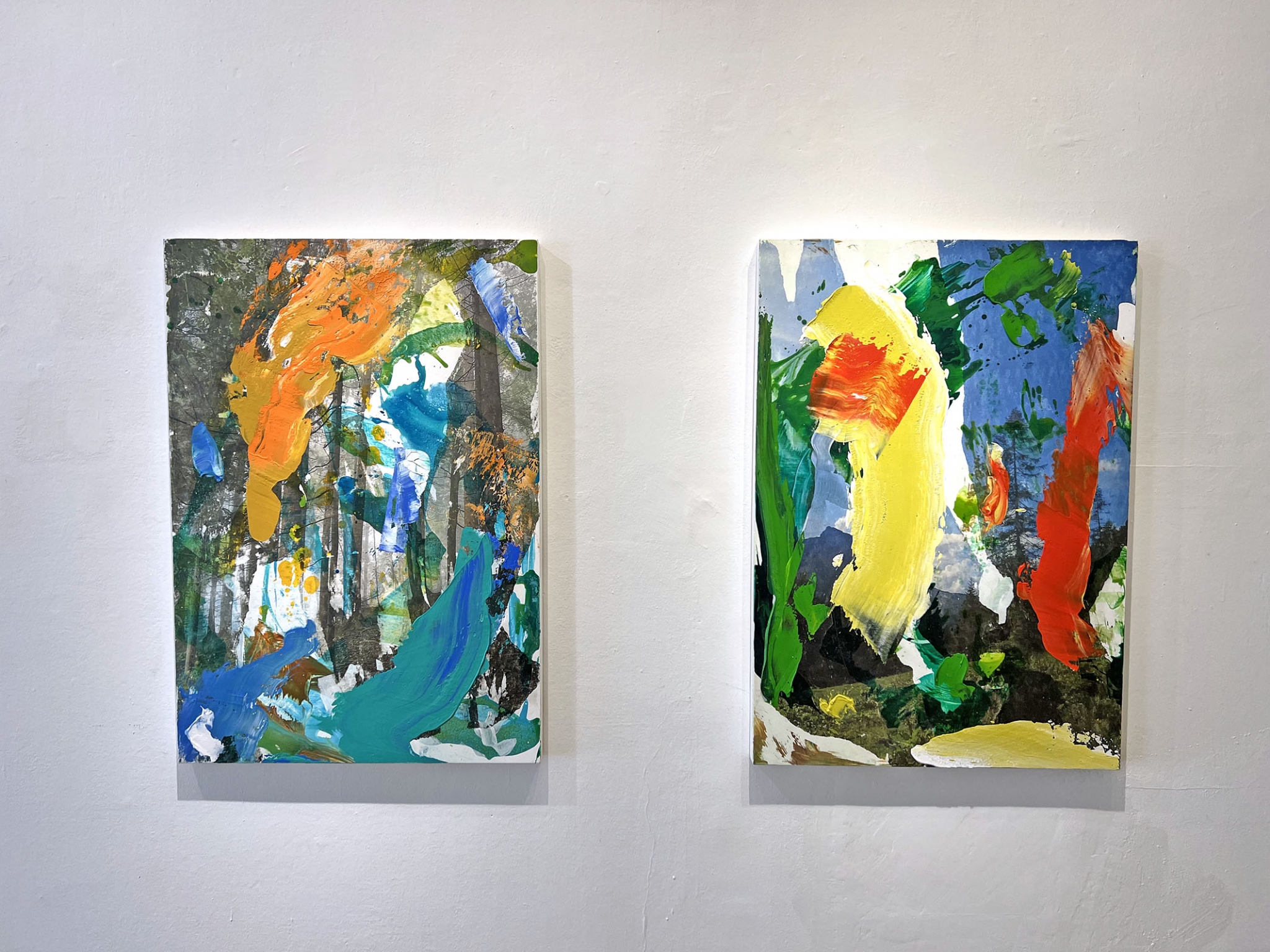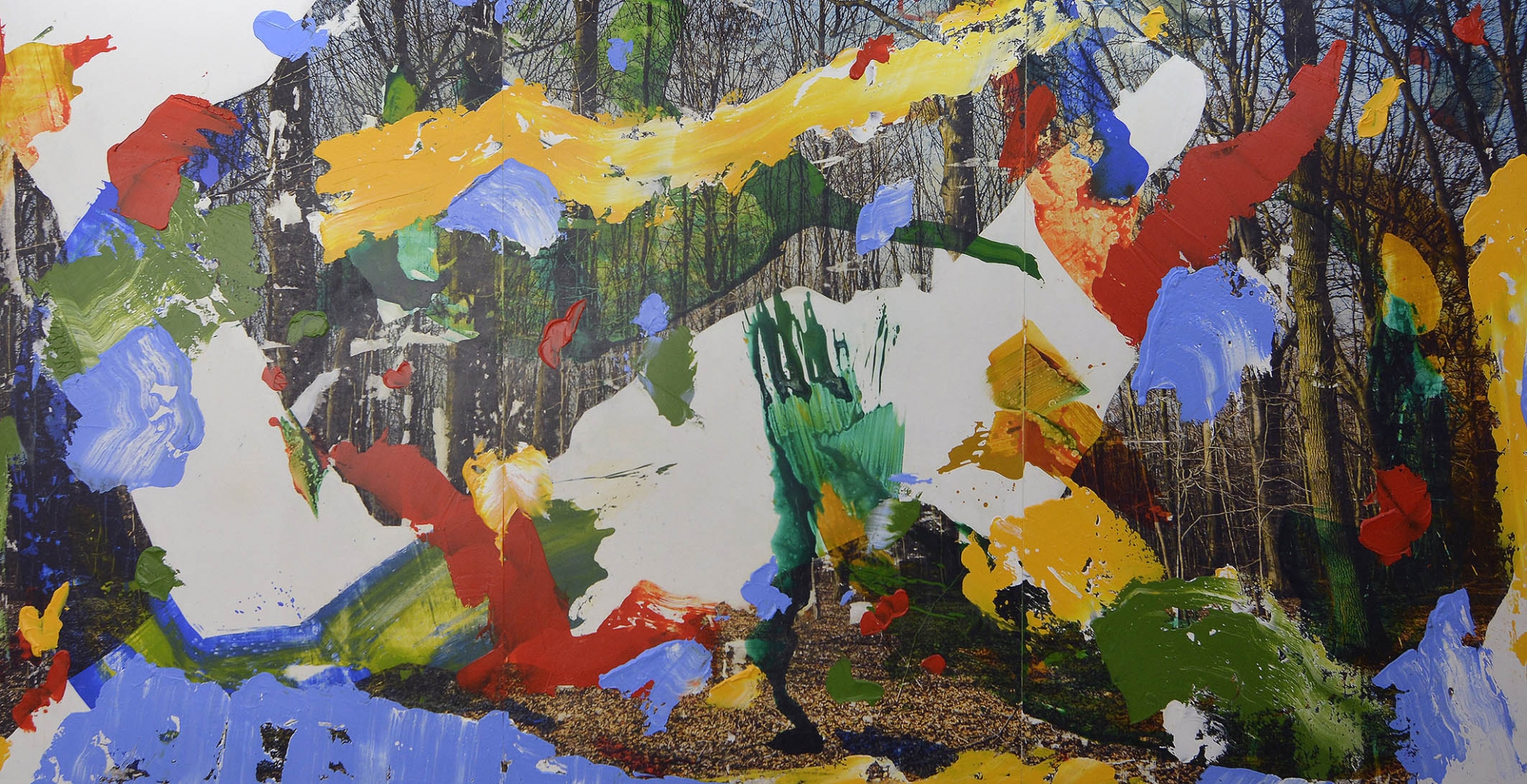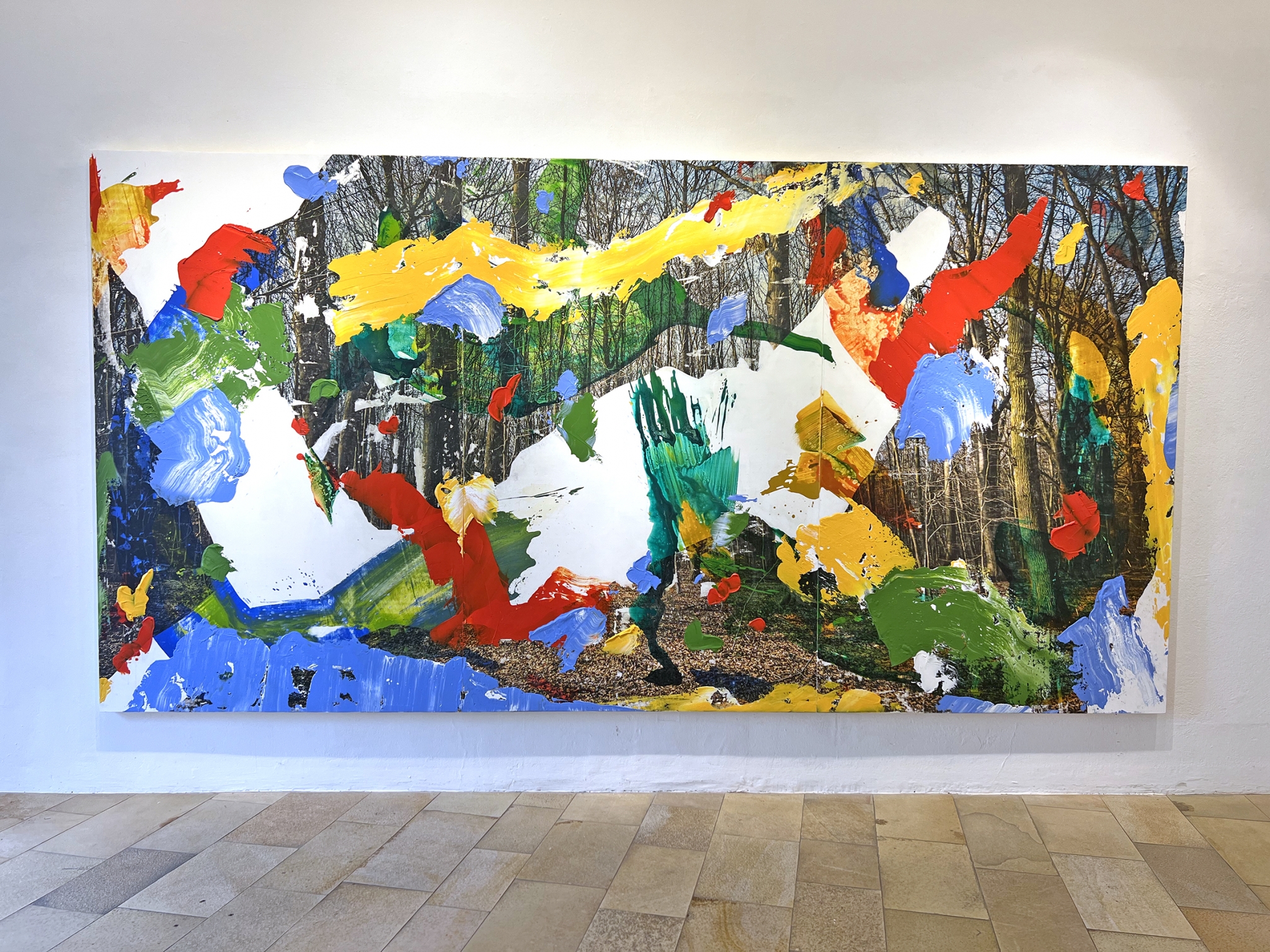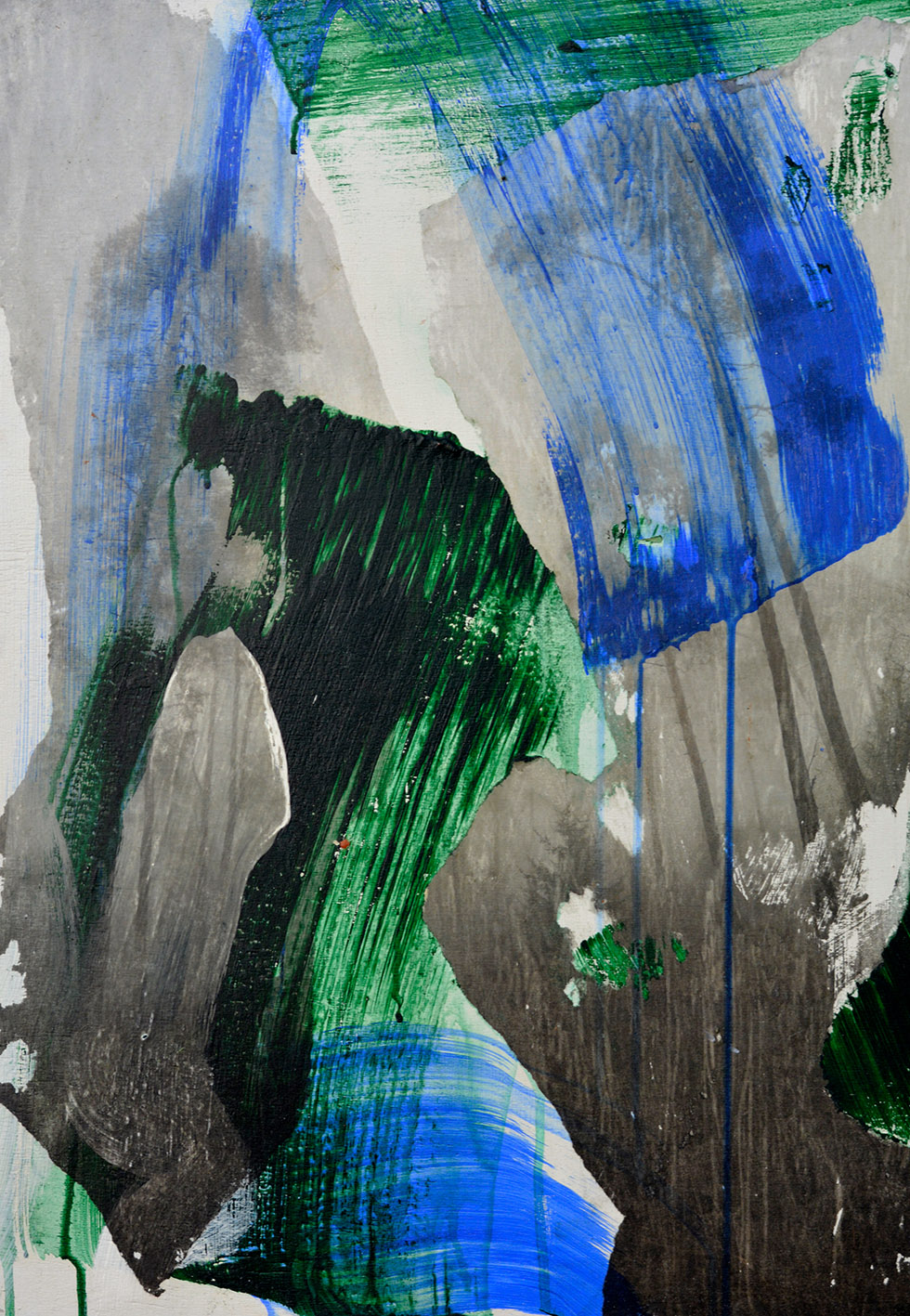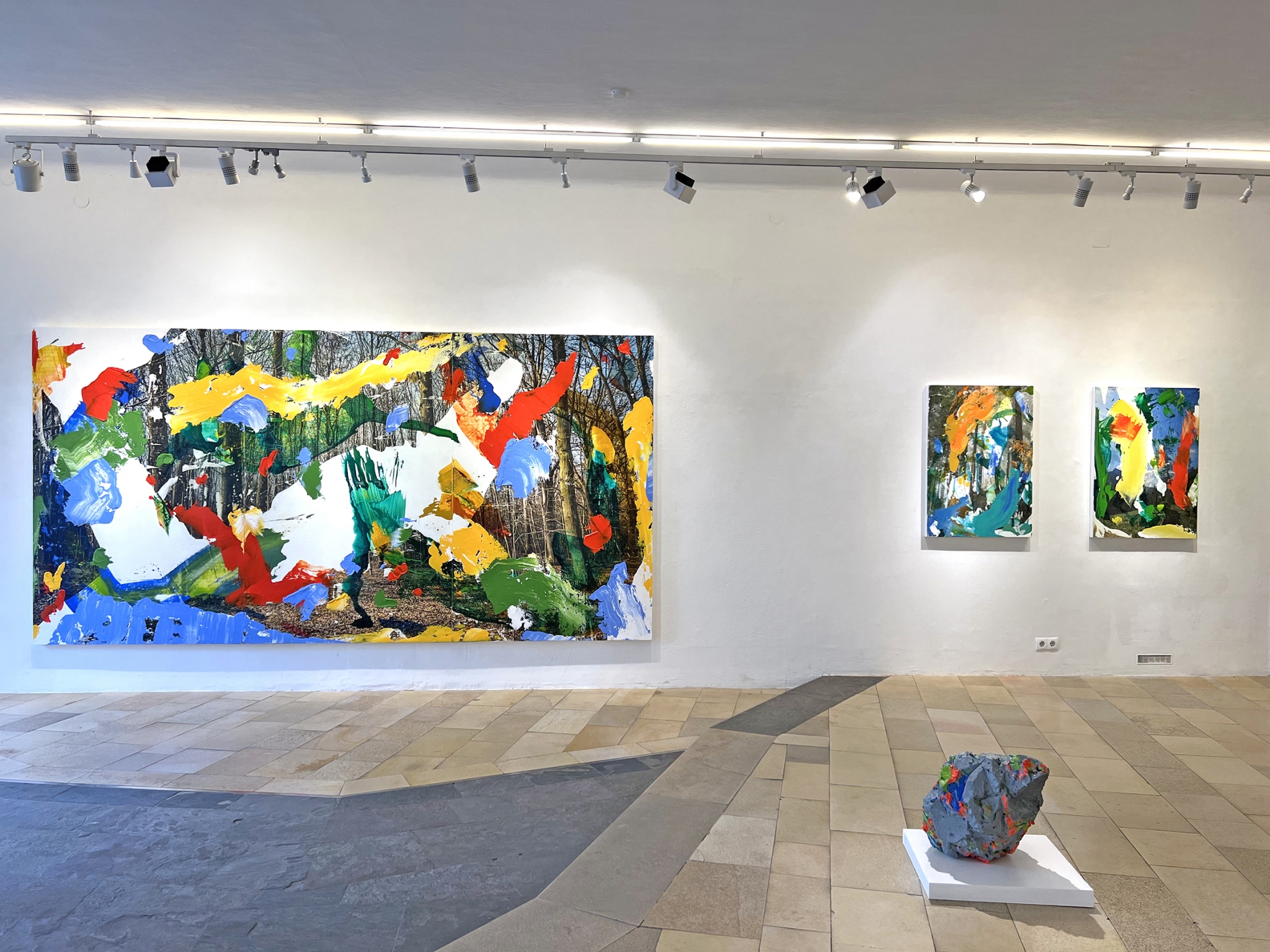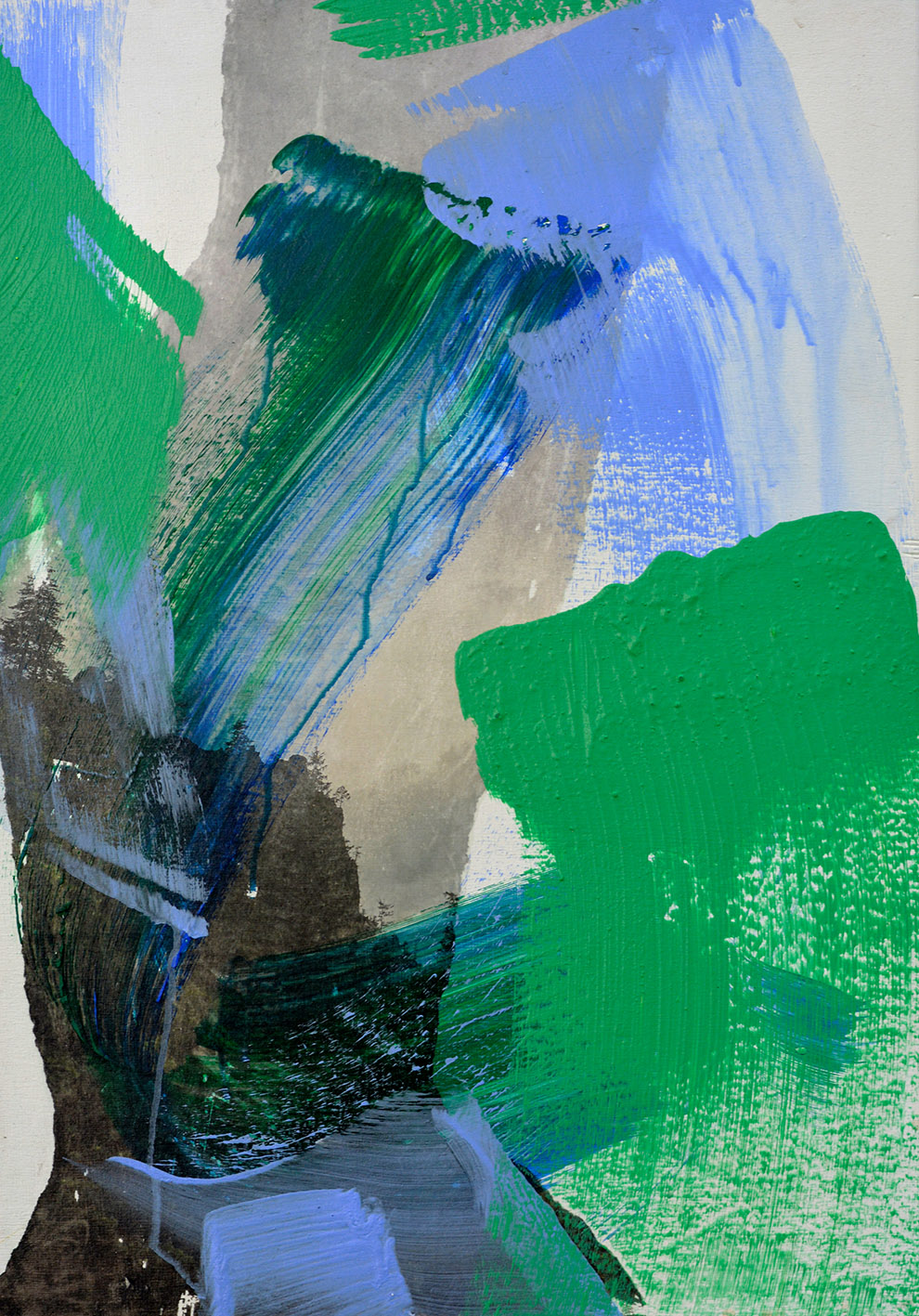AUGMENTED NATURE – Levente Szücs
Capturing reality, in itself, is difficult enough; expanding it is all the more difficult. One of the most demanding and complex subject areas within painting – and art in general – is its relationship to reality. Even just the transformation of reality into images creates profound problems. Were one to rely solely on notions such as “representational” and “abstract”, as two polar opposites, one would struggle to solve them. So what is our reality, who constructs it and is it even perceived as a construction?
Levente Szücs, a young painter living in Düsseldorf and Vienna, dedicates his work to these big questions. Levente Szücs initially studied art in Hungary. The tradition of “Socialist Realism” allowed him to meticulously learn the craft of painting. Until he moved to Düsseldorf, his interest focused on the representation of visible reality. Abstract gestural painting, as the absolute antithesis, only came into play afterwards. Why swap one for the other and not keep both? Levente Szüc’s painting is capable of complementing one with the other, changing it and turning it into something completely new. Using a very complex technique, the artist brings hyper-realistic images – mostly of forest areas – onto the picture surface. He later replaced this technique with direct exposure of photographs on emulsion-coated canvases. In many of his works, gestural brushstrokes partially cover the depictions of forests. Overpaint? No, Szücs paints the abstract patches of colour before any realistic image is applied, turning the overpaint system on its head, so to speak. Thus he does not react to an existing picture – destroying, supplementing or accentuating it – instead, his paintings represent a solution that applies these two extremes – representationalism and abstraction – on an equal footing. The accidental spots and splashes do not help to portray the image of an actual forest. But they can help to illustrate the subjective approach of the wanderer, the viewer.
“Augmented Reality” is a digital extension of a real situation. Levente Szücs uses this principle in his art. It’s not graphic lines, text, sounds or other obvious things, and he doesn’t need a computer to do it. It is painting versus photographic image. The artist seems to be shouting out to the audience: “It’s all construction, forget reality, it’s just fooling you…” The patches of colour are, by the way, also part of reality – not of the forest, but possibly of an individual way of seeing or perceiving. Certainly, however, they are indivisible from and unmistakably synonymous with painting. The forest is one of the most important subjects in the history of painting and culture. At the same time, it is a place of romance, relaxation, the sinister, the threatening and home to all kinds of wildlife and creatures of darkness. Informal painting, on the other hand, has an heroic approach that turns the painter into a medium, into a perpetrator. A painter who fights their way through the thicket (of painting) to tell the public about the reality they have experienced.
When “Augmented Reality” helps a place or an object to attain an extended reality, that is something it has basically learned from art, which, almost always, triggers multidimensional extensions and interpretations of reality. Today’s advanced digital technologies enable everyone, not only artists, to manipulate reality. Relevant smartphone apps are sufficient enough, even for laypersons.
As a painter, Levente Szücs positions himself very precisely in this web of signification. Looking at these images brings about an astonishing progress towards understanding our perception of the real world. One becomes aware, once again, how vague our perception of reality really is.
Günther Holler-Schuster
